Columns
Open Tubular Columns
-
A column, usually having a small diameter, in which either the inner tube wall, or a liquid or active solid held stationary on the tube wall acts as the stationary phase and there is an open, unrestricted path for the mobile phase.
Wall Coated Tubular Columns
-
A wall coated open tubular column, as the name suggests, consists of a tube in which the wall is coated with a material acting as a stationary phase.In general the tube itself is a capillary tube with a narrow inner diameter, less than 1 mm, but of very long length measuring up to tens of meters.The polymer is also nonextractable meaning that the column can be flushed with pure solvents to remove contaminants
Supported Coated Tubular Columns
-
Capillary tube wall is lined with a thin layer of solid support on to which liquid phase is adsorbed. The separation efficiency of SCOT columns is more than WCOT columns because of increased surface area of the stationary phase coating.
Porous Layer Columns
-
Porous layer open tubular (PLOT) columns are defined as capillary columnswhere the inner surface is coated with a layer of solid porous material. This layer is usually about 5-50 m thick as opposed to liquid coated columns where the stationary phase is commonly 0.25- 2.0 m thick.


Detectors
Thermal Conductivity
-
Was a common instrument in gas chromatography because they were simple and universe for all analytes. thermal conductivity is useful for pact columns. However it is less sensitive than other detectors used with open tubular columns. Thermal conductivity measures the ability of a substance to transport head from a hot region to a cold region. Helium is the carrier gas commonly used with a thermal conductivity detector. The analyte emerges from the column, the conductivity of the gas stream decreases, the filament gets hotter, its electrical resistance increases, and the voltage across the filament changes.
Flame Ionization
-
In this common detector electrodes are placed adjacent to a flame fueled by hydrogen near the exit of the column, and when carbon containing compounds exit the column they are pyrolyzed by the flame. This detector works only for organic / hydrocarbon containing compounds due to the ability of the carbons to form cations and electrons upon pyrolysis which generates a current between the electrodes
Electron Capture
-
Uses a radioactive beta particle (electron) source to measure the degree of electron capture. ECD are used for the detection of molecules containing electronegative / withdrawing elements and functional groups like halogens, carbonyl, nitriles, nitro groups, and organometalics. The carrier gas passes between two electrodes placed at the end of the column, and adjacent to the anode. The radioactive foil emits a beta particle (electron) which collides with and ionizes the carrier gas to generate more ions resulting in a current. When analyte molecules with electronegative / withdrawing elements or functional groups electrons are captured which results in a decrease in current generating a detector response



